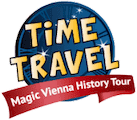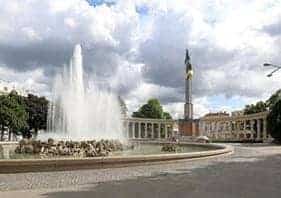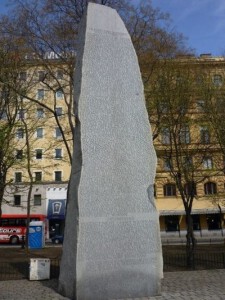Information on data protection
We use technologies such as cookies, LocalStorage, etc. to customize your browsing experience, to personalize content and ads, to provide social media features, and to analyze traffic to our website. We also share information about how our site is used with our social media, advertising and analytics partners. Our partners may combine this information with other data that you have provided to them or that you have collected as part of using the Services (incl. US providers). You can find more information about the use of your data in our data protection declaration.
data protection
This website uses cookies so that we can offer you the best possible user experience. You can find more information about the use of your data in our data protection declaration.
Strictly Necessary Cookies
Strictly Necessary Cookie should be enabled at all times so that we can save your preferences for cookie settings.
Marketing & Statistics
This website uses Google Analytics to collect anonymous information such as the number of visitors to the site and the most popular pages. Leave this cookie enabled helps us to improve our website.
Google Tag Manager
This is a tag management system. Using the Google Tag Manager, tags can be integrated centrally via a user interface. Tags are small pieces of code that represent activitiescan track. Script codes from other tools are integrated via the Google Tag Manager. The Tag Manager makes it possible to control when a specific tag is triggered.




